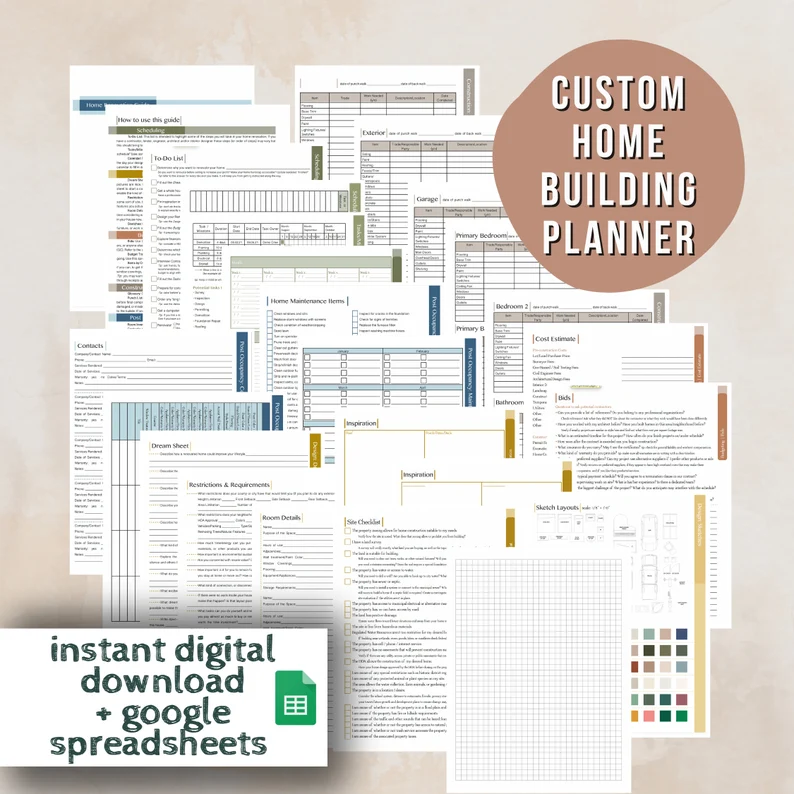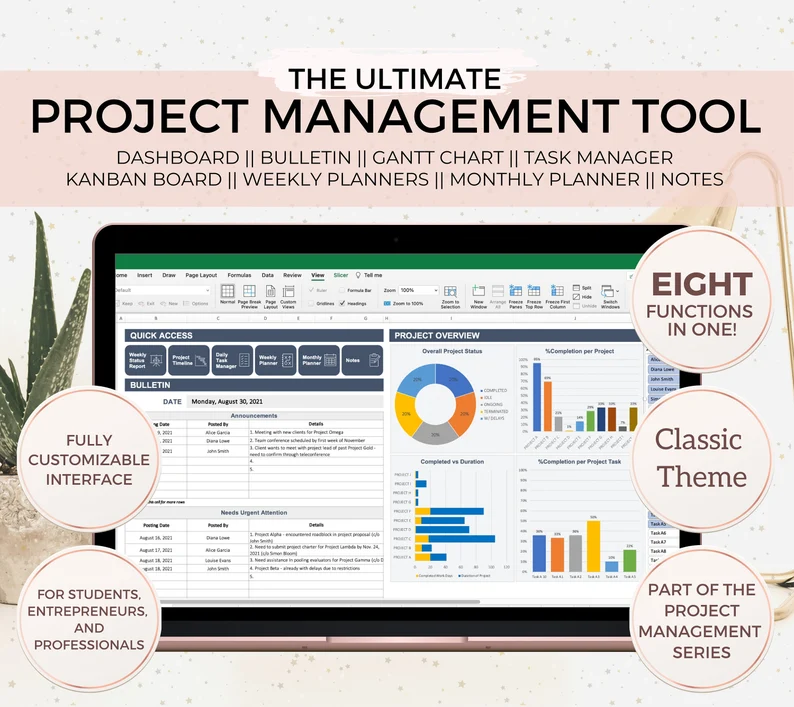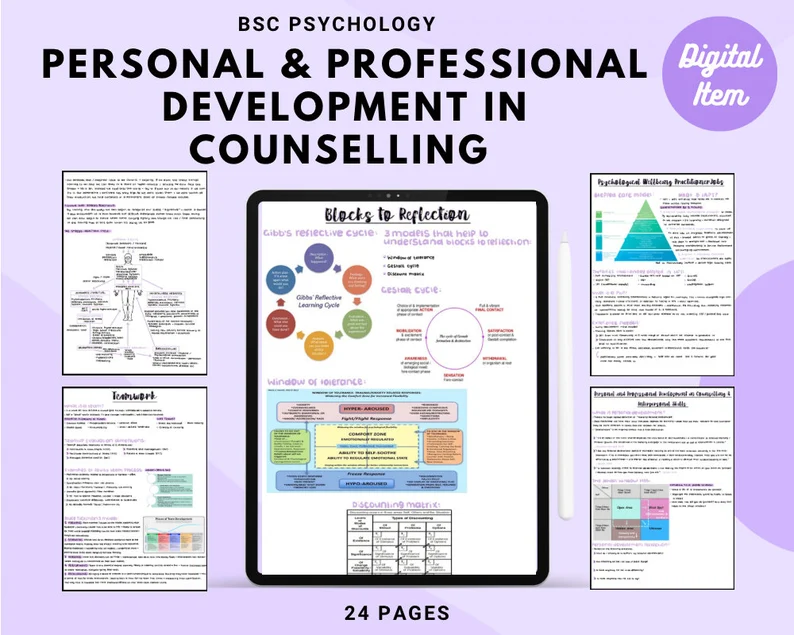Introduction
The construction industry has witnessed a revolution in recent years, and at the heart of this transformation lies modern building materials. Innovations in materials science have given rise to a new generation of construction materials that are not only stronger and more durable but also environmentally friendly. In this blog post, we explore the world of modern building materials, their significance, sustainability, and the exciting possibilities they offer for the future of construction.

1. The Evolution of Building Materials
Building materials have come a long way from traditional bricks and mortar. Today, a wide range of materials is available, each designed to meet specific construction needs.
2. Sustainable Building Materials
Sustainability is a key focus in modern construction. Sustainable materials are sourced responsibly, reduce environmental impact, and contribute to energy efficiency. Examples include recycled steel, bamboo, and engineered wood.
3. High-Performance Concrete
Advanced concrete mixes, including high-strength and self-healing concrete, are engineered to withstand extreme conditions and extend the lifespan of structures.
4. Insulation and Energy Efficiency
Innovative insulation materials and designs help improve energy efficiency, reduce heating and cooling costs, and minimize carbon footprints.
5. Smart and Responsive Materials
Materials that respond to environmental conditions, such as self-cleaning coatings and adaptive facades, are becoming more prevalent in construction.
6. Nanotechnology in Construction
Nanotechnology is being harnessed to enhance the properties of construction materials, making them stronger, more durable, and even self-repairing.
7. 3D-Printed Building Components
3D printing technology is used to create intricate and customized building components, reducing construction time and waste.
8. Sustainable Roofing and Facades
Green roofing systems, cool roofs, and sustainable facades help regulate temperature, improve energy efficiency, and support urban biodiversity.
9. Challenges and Considerations
While modern building materials offer numerous benefits, challenges include cost, availability, and ensuring that they meet building codes and regulations.
10. The Role of Technology and Innovation
Materials science is closely intertwined with technology and innovation. Research and development continue to drive the discovery of new materials and improved construction techniques.
11. Future Possibilities
The future of building materials holds exciting possibilities, including materials that can capture carbon, self-repairing infrastructure, and biodegradable construction materials.
Conclusion: Building a Sustainable Tomorrow
Modern building materials are more than just the foundation of structures; they are the building blocks of a sustainable and innovative future. As we continue to explore, develop, and adopt these materials, we contribute to a world where construction is not only functional but also environmentally conscious and future-ready.









